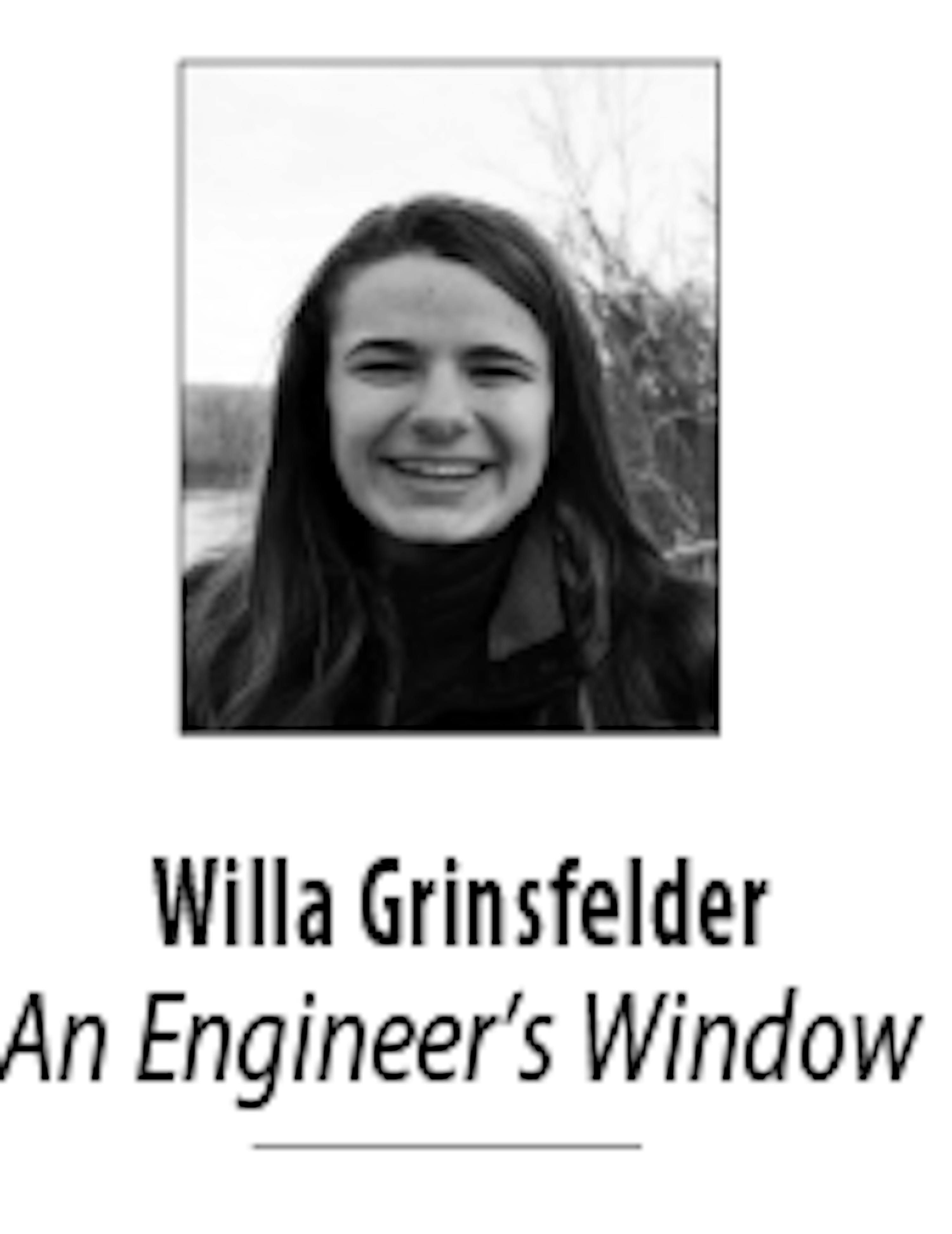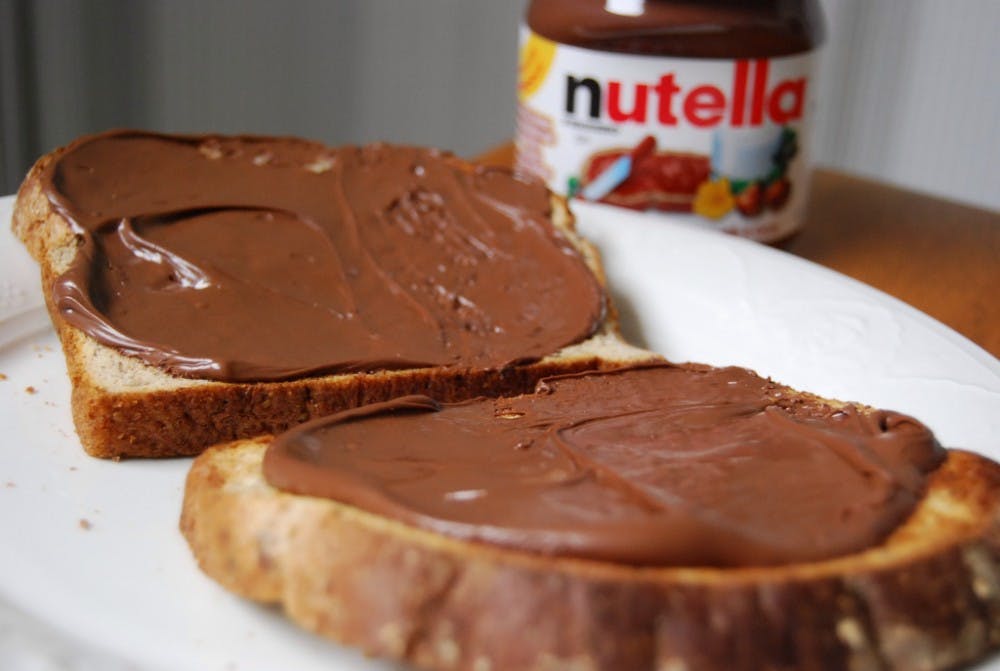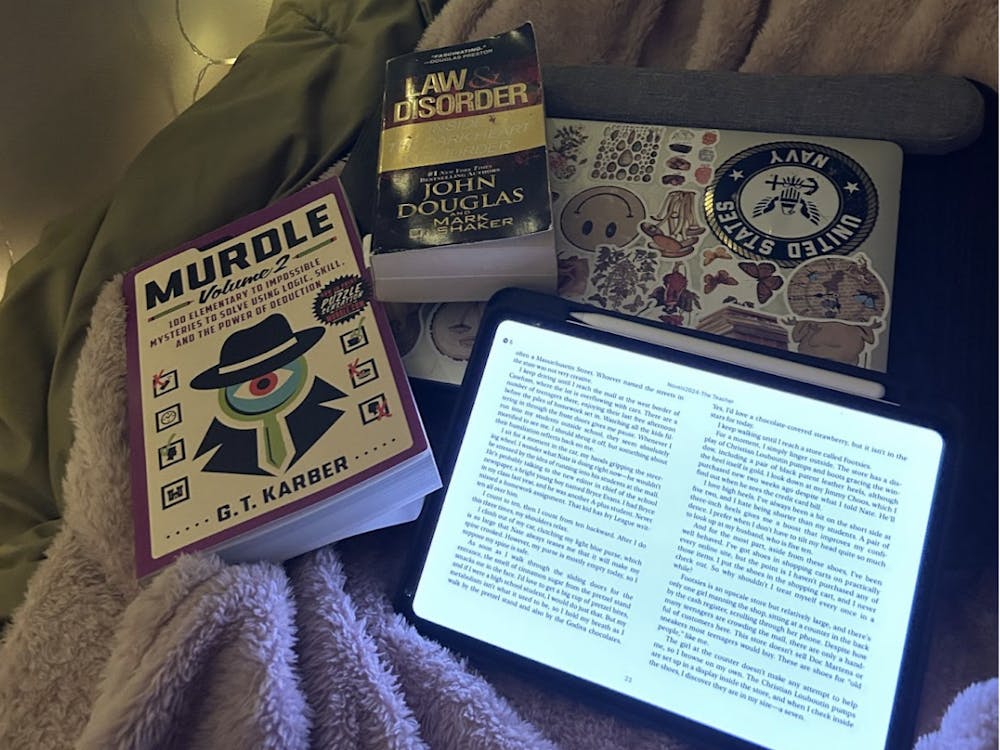
Math is like the jar of Nutella sitting on my desk while writing is like the jar of chocolate hazelnut spread on my roommate’s desk.
Objectively they’re the same: a delicious chocolatey spread that you can put on toast or pancakes when having a late breakfast. Yet people have unwarranted, conflicting opinions about both. Some hate math while they swear by writing, and others hate writing while they swear by math.
I’m tired of the differentiation between the two and want to point out that they’re incredibly similar approaches to the world. Squint your eyes just a tiny bit, and the Nutella and chocolate hazelnut spread are the same thing.
From primary education onwards, math is taught in a rigid, logical method. Two plus two is four because that’s what the teacher says. Danny only has three pennies because four of his seven pennies were taken away.
“Why?” is a pointless question until you get to high school, where calculus and graphs come along. Coincidentally, writing is also taught by focusing on method and structure. Students fill out grammar books (which I don’t even remember doing now) and memorize big words for spelling tests.
There is no difference between the two until higher education, where people begin to assume that in order to write you have to be creative while in order to do math you have to be logical.
I think that such a distinction should be thrown in the trash and burned. Writing takes logic just as much as math takes creativity. Both are abstractions of the world we live in, made in an attempt to better understand events occurring around us.
The abstractions can lead to hilarious absurdity, or deep understanding. Take the perfectly rational economic man, for example.
The perfectly rational economic man is everyone’s worst nightmare, but also a hilarious concept to think about. They’re the person who asks how much you love them and puts it in a spreadsheet to determine who their best friend is.
When they’re in a relationship, they have their partner fill out a survey stating their life goals and dreams to see if they’ll be compatible.
If there aren’t quite enough points for a match, they dump their partner and move on. Even Odo from Star Trek: The Next Generation is more human than this rational person.
It takes a certain application of mathematics to create the perfectly rational economic man, but his absurdity is revealed by putting him in the context of actual humans. He is a classic example of when math has gone too far, leaving writing and our ideas of a person behind.
In the same way, stories that abandon math are similarly absurd. Think back on all of the science fiction you’ve ever read. Yes, maybe little Jimmy could fly in a spaceship at the speed of light and shoot lasers out of his eyes, but at a certain point it gets to be so unbelievable it’s absurd.
It’s only when the two fields come together in works like 2001: A Space Time Odyssey that we gain a more profound understanding of our own existence through the simplification of the world through mathematics and writing.
Those are the stories that get me excited. When people write with mathematical accuracy about human events, I’m interested and surprised.
More often than not, math gets left in the dust (in the same way that writing gets left in the dust by mathematicians) and the result is dissatisfying. The distinction between the two is arbitrary and meaningless, and it’s time to do away with it — to embrace math in writing and writing in math!
Stop drawing boundaries and just let the Nutella be delicious.





